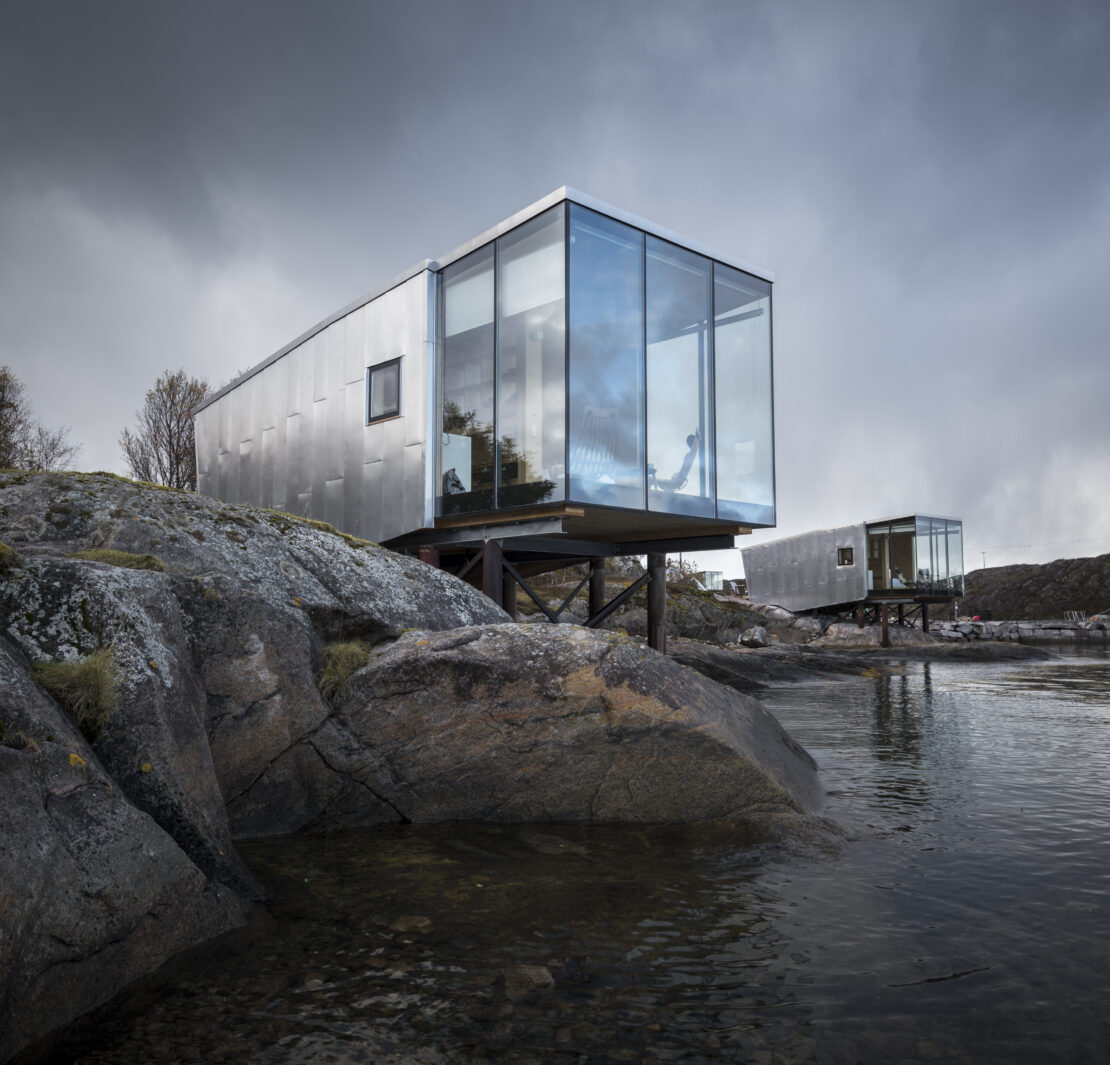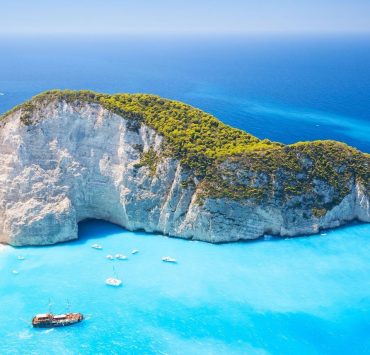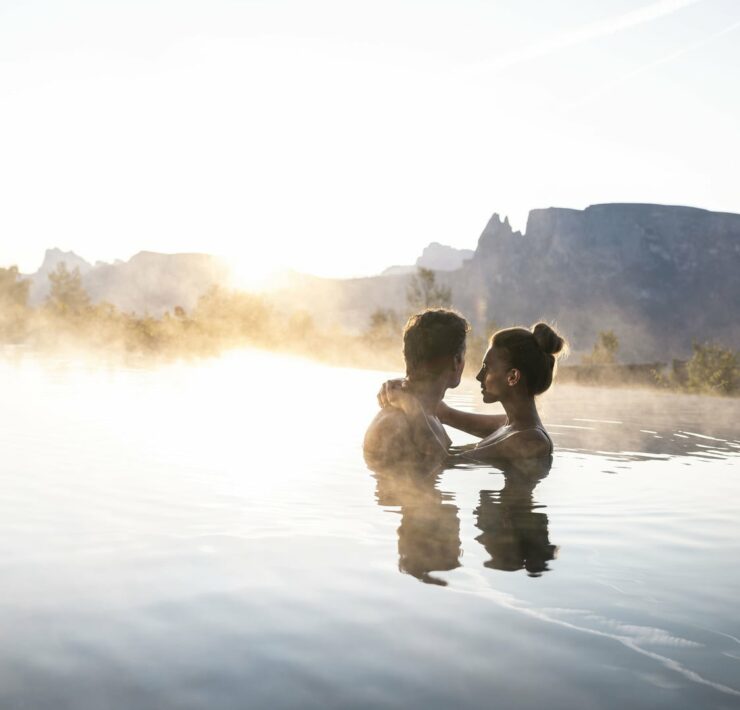Børge Ousland knows how to survive the most treacherous of conditions. One of the world’s most accomplished polar explorers, he has traversed Greenland, the South and North Pole, the Arctic and Antarctica. Last year, Børge Ousland and fellow seasoned polar explorer Mike Horn took things to the edge of what’s possible whilst crossing the frozen Arctic Ocean, mostly in the arctic darkness. They barely made it. With half a litre of fuel and 300 grams of food left, the duo finally reached the pickup point on day 87, the edge of the great ice mass, just north of the Norwegian archipelago of Svalbard. Børge Ousland doesn’t plan on doing something like that again anytime soon, but his connection to nature and dedication to its preservation remain as strong as ever.
We had a chance to chat with the veteran polar great about the challenges and benefits of such an intense connection with nature, his Manshausen guesthouses that he designed with the architect Snorre Stinessen and the beauty of living entirely in the present moment.
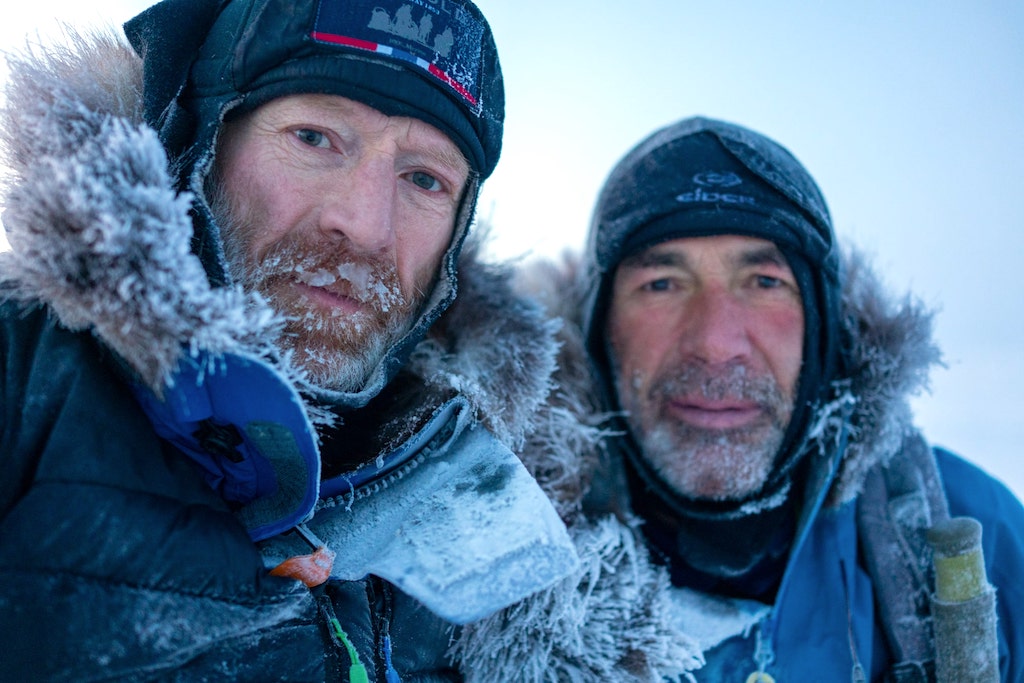
How did polar exploration become a part of your life?
It’s been a part of my life for more than 30 years now. I think the platform I build my expeditions on is adventure, challenge and the urge to see what’s out there. That curiosity has been with me all the time. I was working as a diver in the North Sea when I was young and met two guys who had the same interests as me, like outdoor life and spending time in the tent. So, we decided to ski across Greenland together and that was in 1986 before GPS and before Gore-Tex. It was a great adventure, and I thought, wow, this is something special and maybe I can do more. You take one step and you become better and more experienced, and before you know it, you’re skiing solo across the North Pole and South Pole, which you didn’t think was possible.
What draws you to take on these challenges?
I think the challenge plays an important part but now, since I’ve done so many trips, it’s also the great emotions that you experience on these expeditions. You’re way out there on the edge and it’s just so different from the normal and safe life you live back home. Being out there—not close to death, but close to life—those great emotions when you are close to life, that’s what I’m looking for.
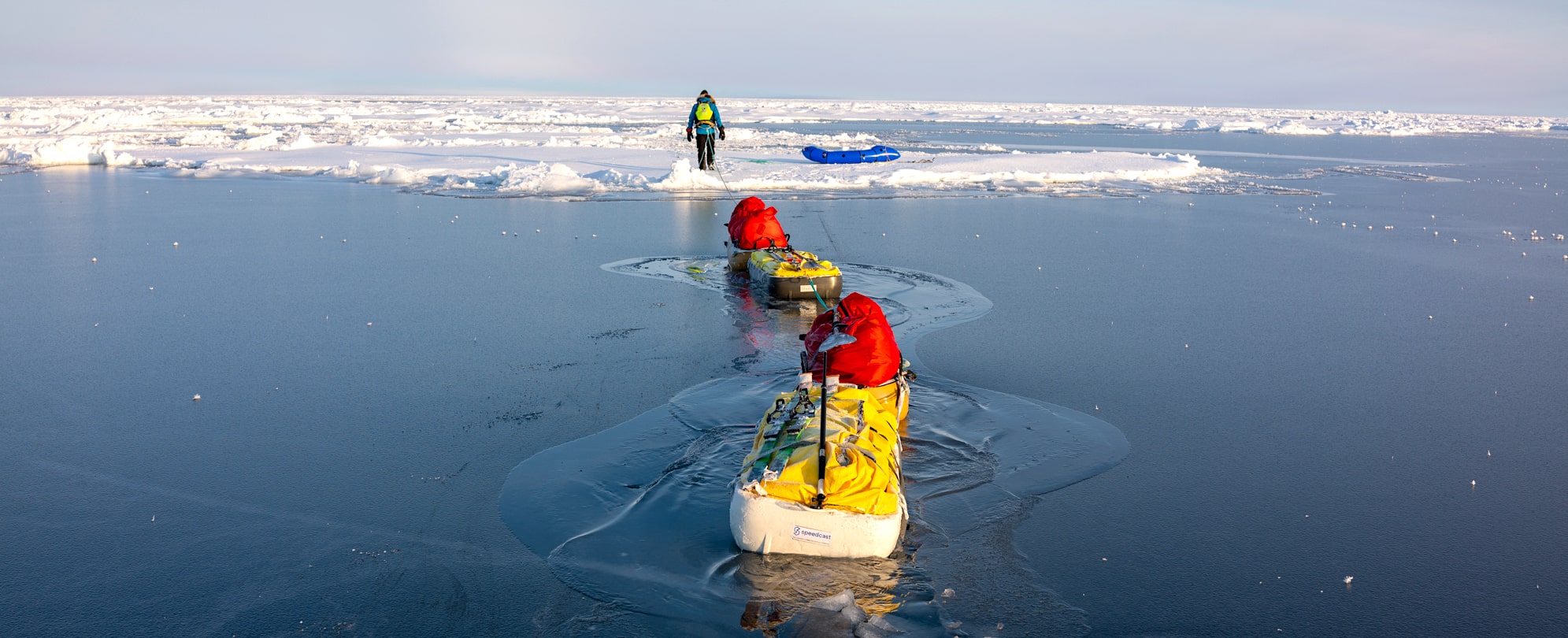
You are the first person to have crossed the Antarctic solo. Why did you take on this immense challenge?
That journey was one of the last few big trips left to be done in Antarctica. I thought it was possible and that I could do it, so I just went for it. It’s actually a great satisfaction to do something that’s never been done before, and I think that’s something that lies within all of us. You want to master something, and you want to be good at something, that’s quite universal. I don’t think there’s a difference between me or someone winning a Gold Metal in the Olympics or a World Champion in chess, it’s more or less the same drive or force to master something, to be good at something, we all strive for this.
How does one go about preparing oneself mentally and physically for such a journey?
I think mentally it’s difficult to prepare for something like that because it’s such a big difference between the life I live here outside of Oslo in Norway. Everything around here is safe and I’m surrounded by people all the time. The difference between that life and suddenly being alone in Antarctica or the North Pole is just huge, and I don’t think it’s really possible to prepare for that. You just have to take what comes and deal with it.
At the same time, since I’ve done these expeditions a few times now, you have to learn to accept all parts of yourself. The good side and the bad side. To accept that some days will be so hard that you’ll feel like giving up. You have to accept this and know that it’s merely a feeling that will pass if you give it time.
The physical part of the preparation is where you lay the groundwork for success. You prepare your equipment, the logistics of the route, your satellite map and you plan ahead. You also have to train physically, which actually does allow you to be mentally prepared, because you know that your body is capable of handling whatever comes your way.
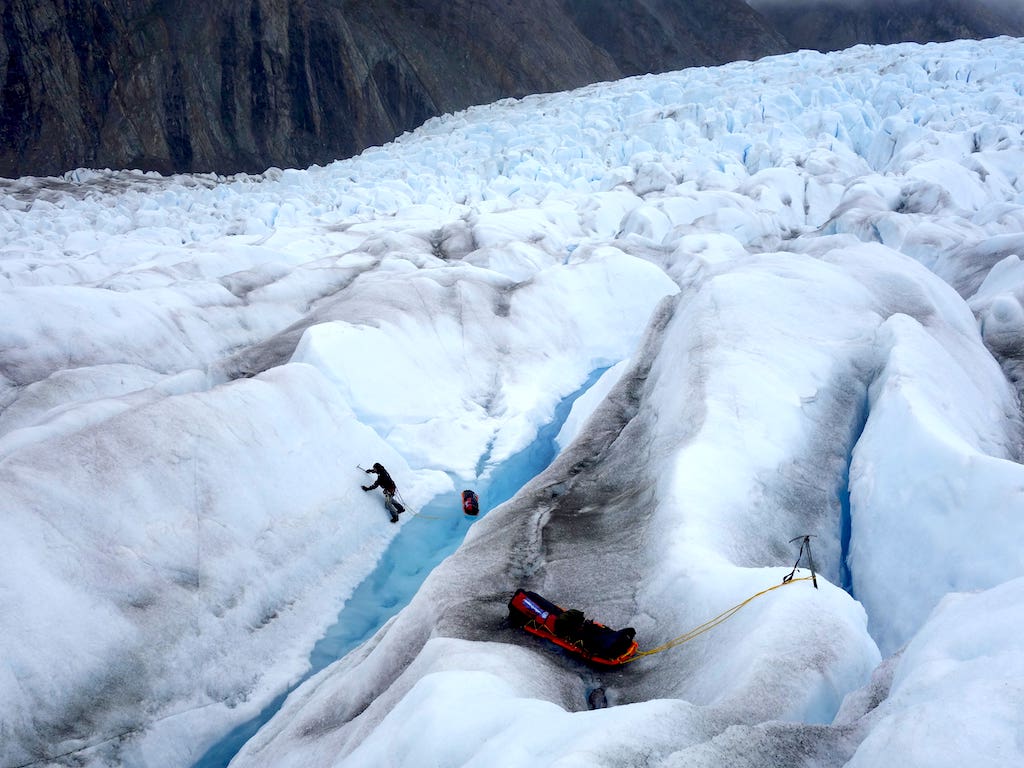
Is there some specific exercise regime that you’ve developed for this preparation?
Absolutely. We have developed a very specific training technique when it comes to dealing with polar expeditions and that is pulling rubber tires or car tires. I actually got up at 6am today and pulled two car tires behind me with my backpack and ski poles. That movement and that training is actually the same as pulling a sled, so you build the same muscles and tendons. That means that your body is more prepared for what is going to meet you out there on the ice, so it’s a very good way of training.
How does such a solo trip change a person and their perspective?
One thing I really like about these expeditions is how connected you become to nature and to yourself. Because there’s no one else to lean on, so in a way, those big solo trips are a kind of meditation. I think the most important knowledge I gained from really bonding with nature is that its bigger than us, it’s something we’re dependent on and we really have to take care of it.
The other aspect is the ability to appreciate all the small things that we take for granted like good health, friends, family, being able to just open the fridge and take out a glass of milk or turning on the shower. People don’t reflect on these things, but I do because I’ve been out there suffering for three months without a shower at minus 40 degrees and without a safe place to sleep, so, I really learn to appreciate the small luxuries that we all take for granted. And at the end of the day, that’s what life is all about. It’s not about those two-three months that I’m on an expedition, but it’s really about the rest of my life, which I spend back home enjoying, because life passes by very quickly.
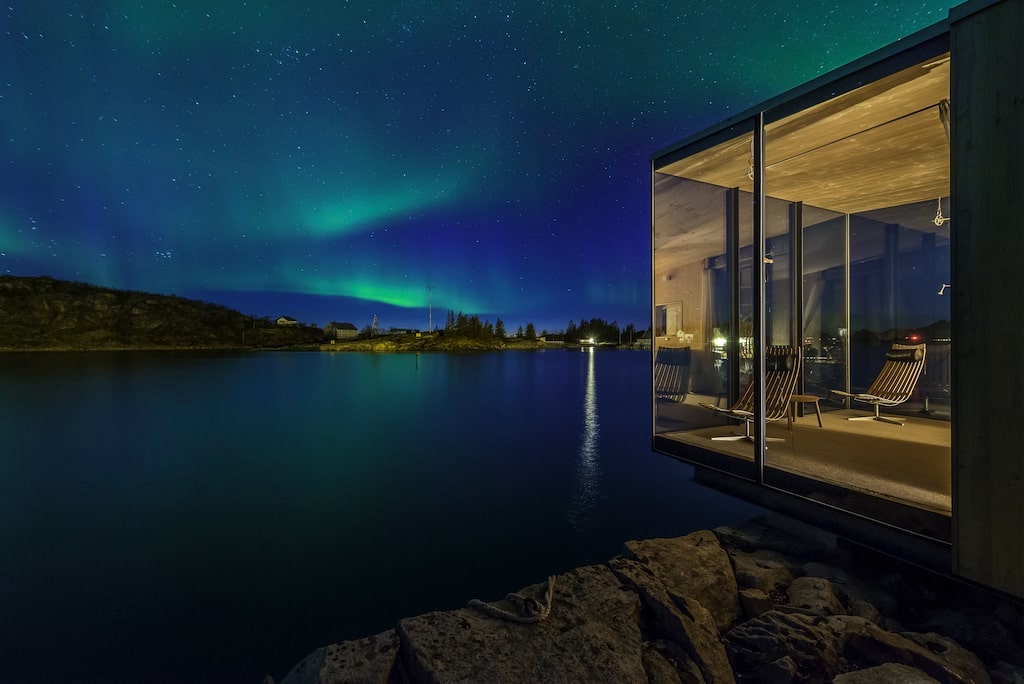
Let’s talk a bit about the Manshausen cabins that you created with the architect Snorre Stinessen. Why did you decide to create these unique guesthouses?
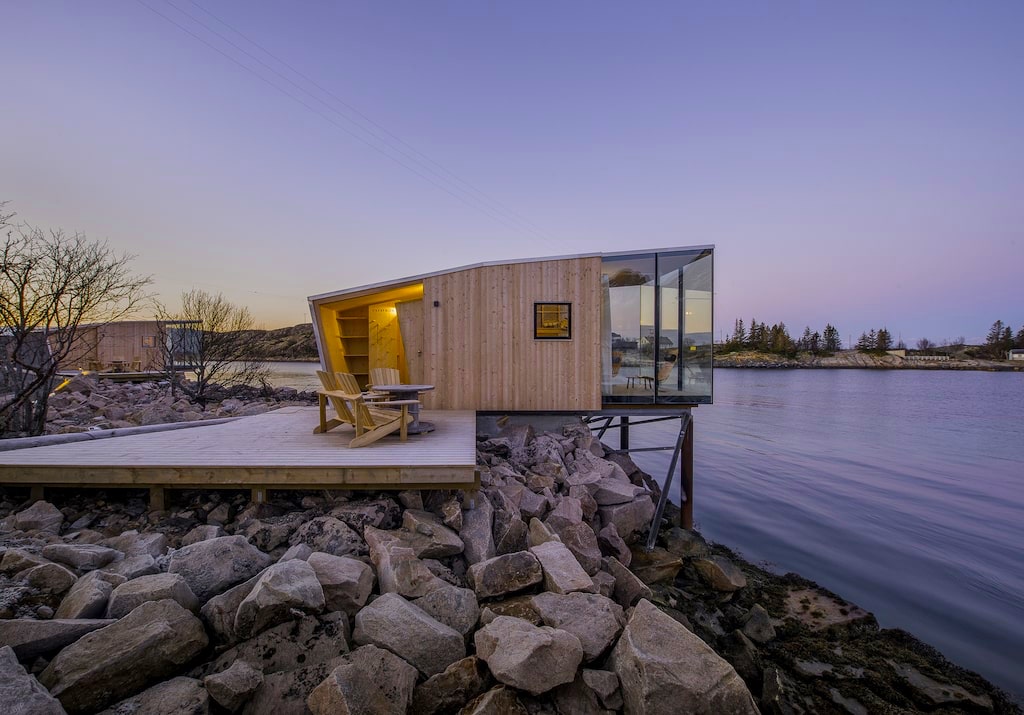
I originally bought the property for private use about ten years ago and because everything I like to do is up there: fishing, kayaking, diving, hiking, climbing. The natural surrounding is just amazing there, and I thought, why not share it? I met Snorre through some friends and hired him as an architect, and that turned out to be a very fruitful cooperation. I wanted my connection with nature to be reflected in the design of these huts and I think we really succeeded in that respect. Inside the hut you feel connected to nature because the main idea is to be safe and warm and at the same time feel that you are outside because of the glass on all three sides.
The other thing we wanted to create was that down-to-earth atmosphere, which is difficult to attain. But we managed it and when people come to Manshausen you can just see their shoulders relax, they become really grounded, they leave their phones and sit there and connect with nature. And that’s what we offer, because we can’t compete with luxury. We have to create that unique feeling of connecting and that unique atmosphere. And it’s something you can’t really see in the photos. In the photos you see Manshausen as a design and architectural lodge in the arctic, but that unique feeling of being in a place where you get creative, where you leave your worries behind and change your mindset…to be able to experience that, you have to go there and see it for yourself.
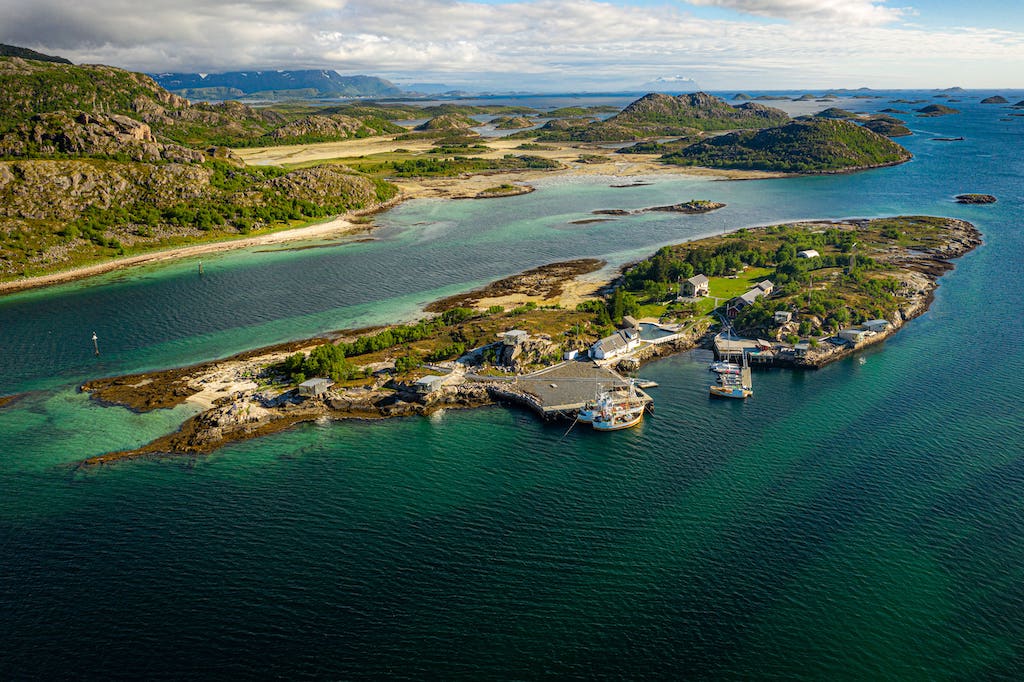
Why is this connection to nature so important?
I think that it’s important because we always live for something that is going to happen tomorrow. We’re always planning or working for something in the future and we’re not present in our own lives anymore. We never catch up with ourselves. But the future will never come, and you’ll never be present in your own life because of the stress that you put on yourself in the process. But when you come to Manshausen, you forget the time, you forget all this stress, and you become present, and catch up with yourself. You’re always behind, but at Manshausen you catch up with yourself.
Do you have any other projects/expeditions planned for the future?
We’re still developing Manshausen, it took us five years to build and get things like the restaurant running. Now we’ll take another five years to become as sustainable as possible. That’s really the aim at Manshausen. This year we completed putting solar panels on all the big roofs and walls and in February I’m going to test-drive an electric boat up the coast. We also want to use more of the resources that we have. We have a fantastic young chef with a background in Scandinavian Michelin starred restaurants, and together we’re exploring what we can forage locally and use in the restaurant. We’re also building a greenhouse to further our aim of using more of the local resources in a better way.
I also have some small expeditions planned including a project with Vincent Colliard called Ice Legacy. We want to cross the 20 greatest ice caps in the world and in doing so also communicate what is happening environmentally. Because the ice caps are melting and as we all know this contributes to sea levels rising. We want to be a voice in the climate debate.
Read More:
Interview: Raffaele Castelli, Feride Yalav-Heckeroth
Words: Feride Yalav-Heckeroth
Photos: Børge Ousland
Last Updated on June 12, 2025 by Editorial Team
Feride, a seasoned traveller with a deep passion for exploration, brings a unique perspective to her writing. She skillfully captures the essence of diverse destinations. Among her works, she has authored several guides, such as "Secrets of Istanbul," showcasing her expertise.






